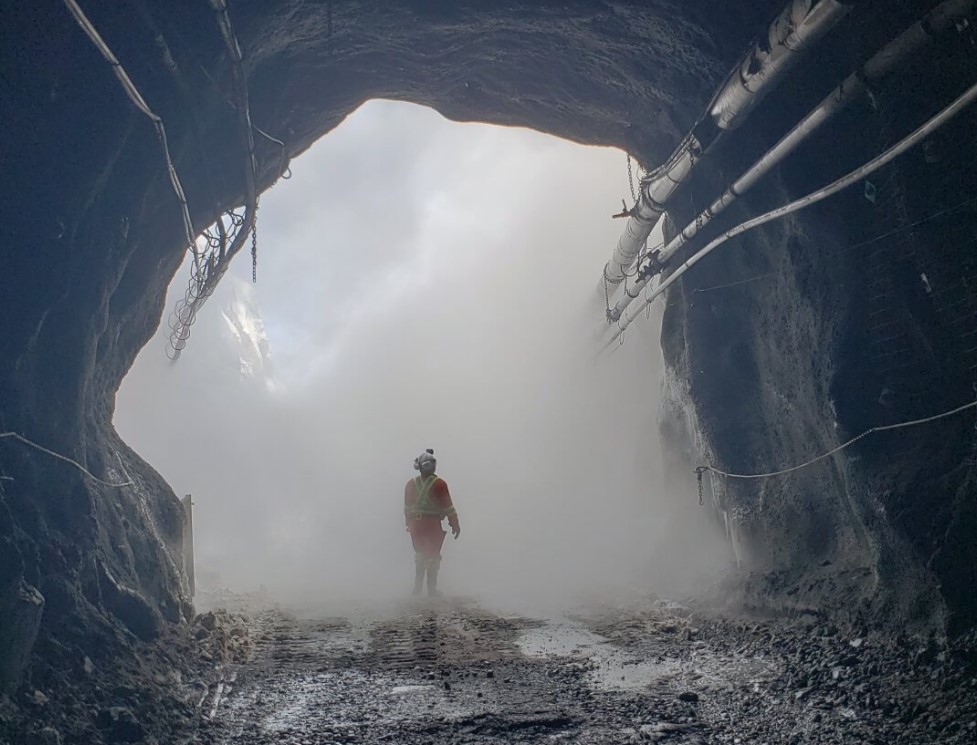Osisko Mining advances on Windfall drilling results

Osisko Mining Inc. [OSK-TSX] has released new exploration results from its 100%-owned Windfall gold project in Eeyou Istchee James Bay, Quebec.
The company said drill hole OSK-22-1109-W2 targeted the projected down plunge extension of Lynx 4 high grade zone at a vertical depth from surface of 1,670 metres. The hole successfully intercepted significant widths of high-grade gold mineralization, including 81.8 g/t gold over 3.5 metres and 22.3 g/t gold over 4.1 metres.
These intercepts confirm the potential for a major down-plunge extension of the Lynx 4 high-grade zone, which could have significant implications for the future potential expansion of the Windfall deposit.
Osisko Mining shares advanced on the news, rising 2.10% or $0.05 to $2.43 on volume of 203,413. The shares are currently trading in a 52-week range of $5.02 and $2.33.
Back in January, 2022, Osisko Mining released an updated resource estimate for the 100%-owned Windfall Gold deposit.
According to that estimate, Windfall contains 3.2 million ounces of gold in the measured and indicated category at an average grade of 10.5 g/t. On top of that is an inferred resource of 3.6 million ounces averaging 8.6 g/t gold.
On Tuesday, the company said new intercepts are 625 metres down plunge from the nearest resource block included in the resource estimate for Windfall. In addition, Osisko remains focused on a definitive feasibility study, which is scheduled for delivery before the end of 2022. It is expected that the results of the feasibility study will underscore the consistency and predictability of the geology model that Osisko has developed at Windfall over the past six years.
It is worth noting that Osisko Gold Royalties Ltd. (OR-TSX, OR-NYSE) owns a 2-3% NSR royalty on the Windfall deposit.
In April, 2021, the company released a positive preliminary economic assessment (PEA) for the Windfall project.
Osisko said the PEA provides a robust base case assessment for developing the Windfall gold deposit in an underground dual ramp-access mine with a central processing mill at the site.
The PEA envisages average production of 300,000 ounces annually during the first seven years of full production at an average grade of 8.1 g/t gold. The PEA also forsees a peak recovery of 328,000 ounces in year six, and average production of 238,000 ounces annually over an estimated mine life of 18 years. The all-in-sustaining cost is pegged at US$610 an ounce.
Other highlights include average annual after-tax cash flow of $253 million in the first seven years of full production, and cumulative life-of-mine after-tax cash flow of $2.6 billion.
The PEA considers a capital expenditure of $544 million, including power line construction and a $55 million contingency. It also envisages the creation of approximately 400 direct jobs and 200 indirect jobs during operation. During the construction phase, approximately 500 employees would be required.
